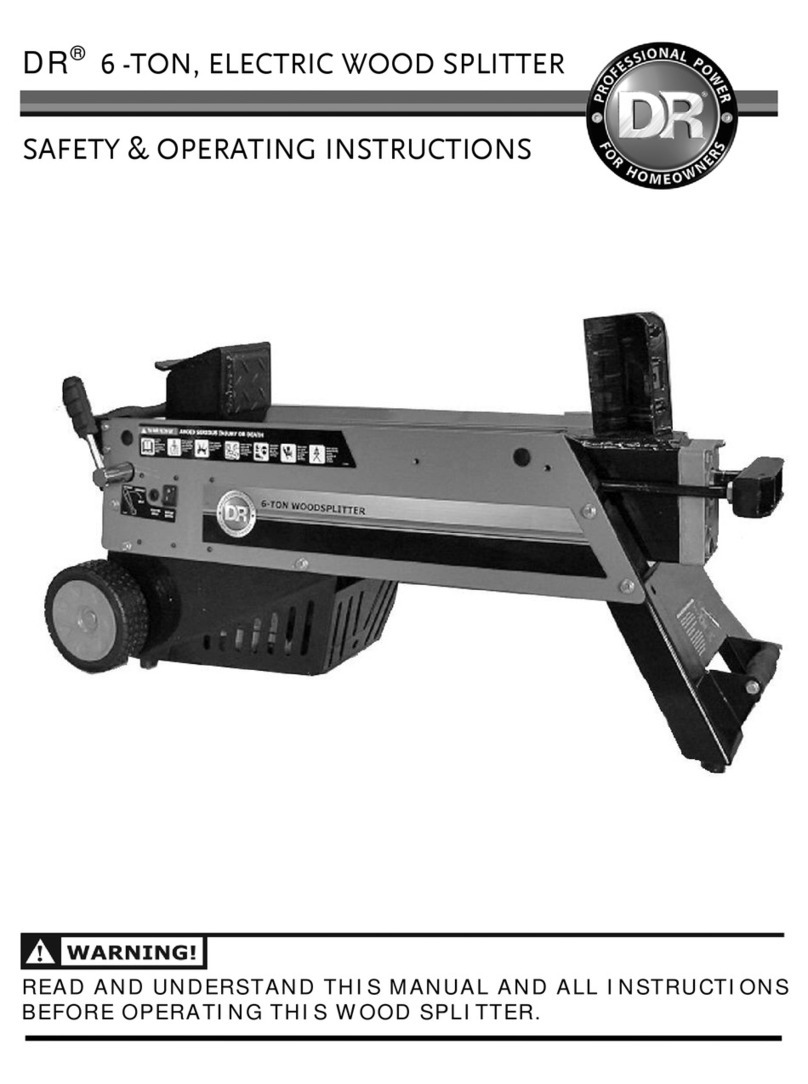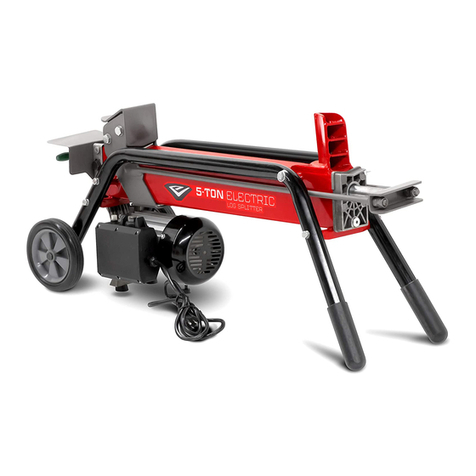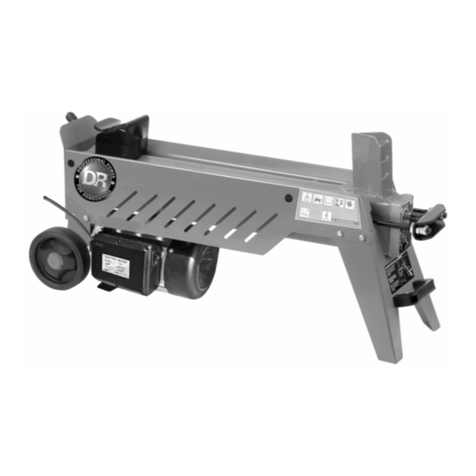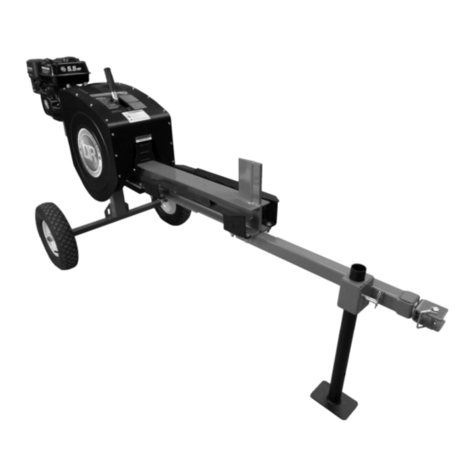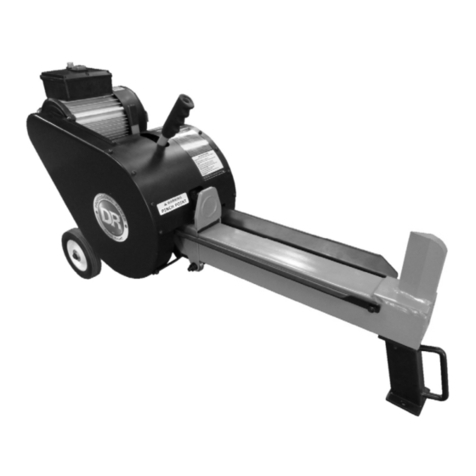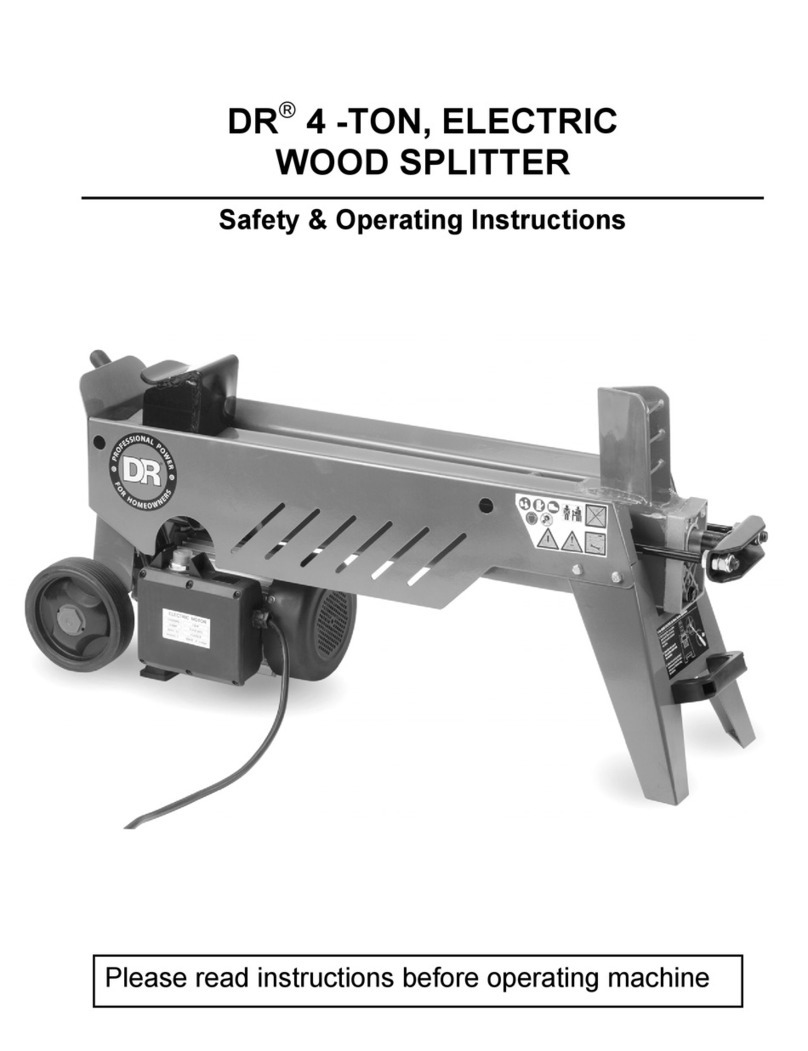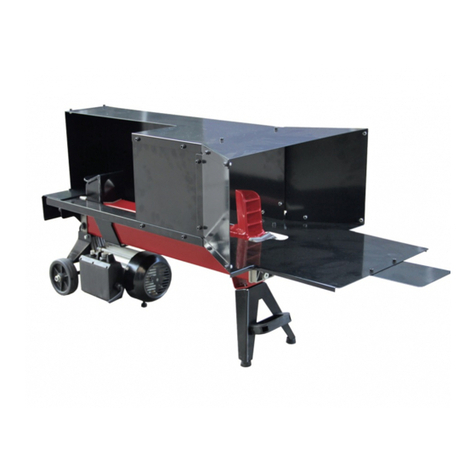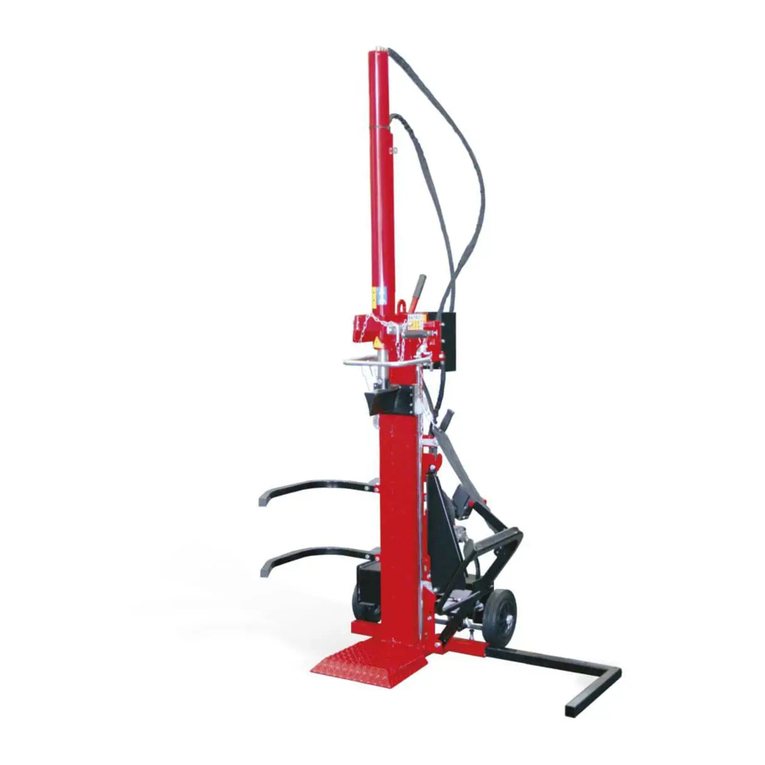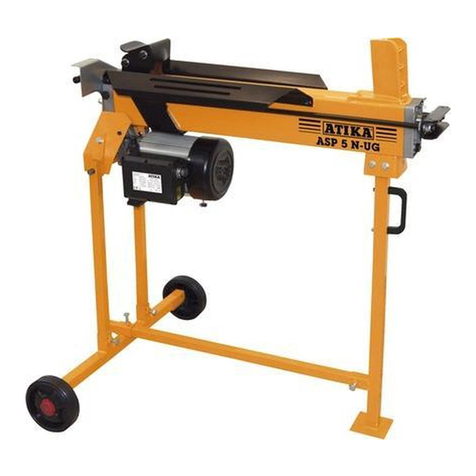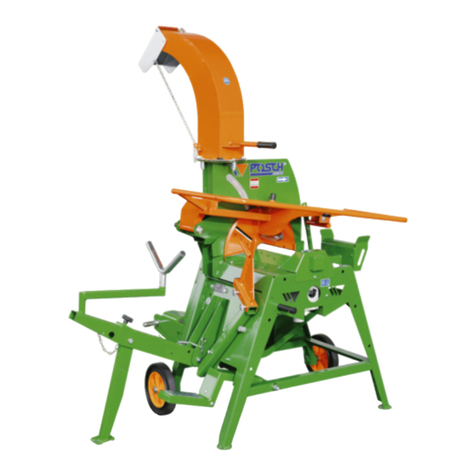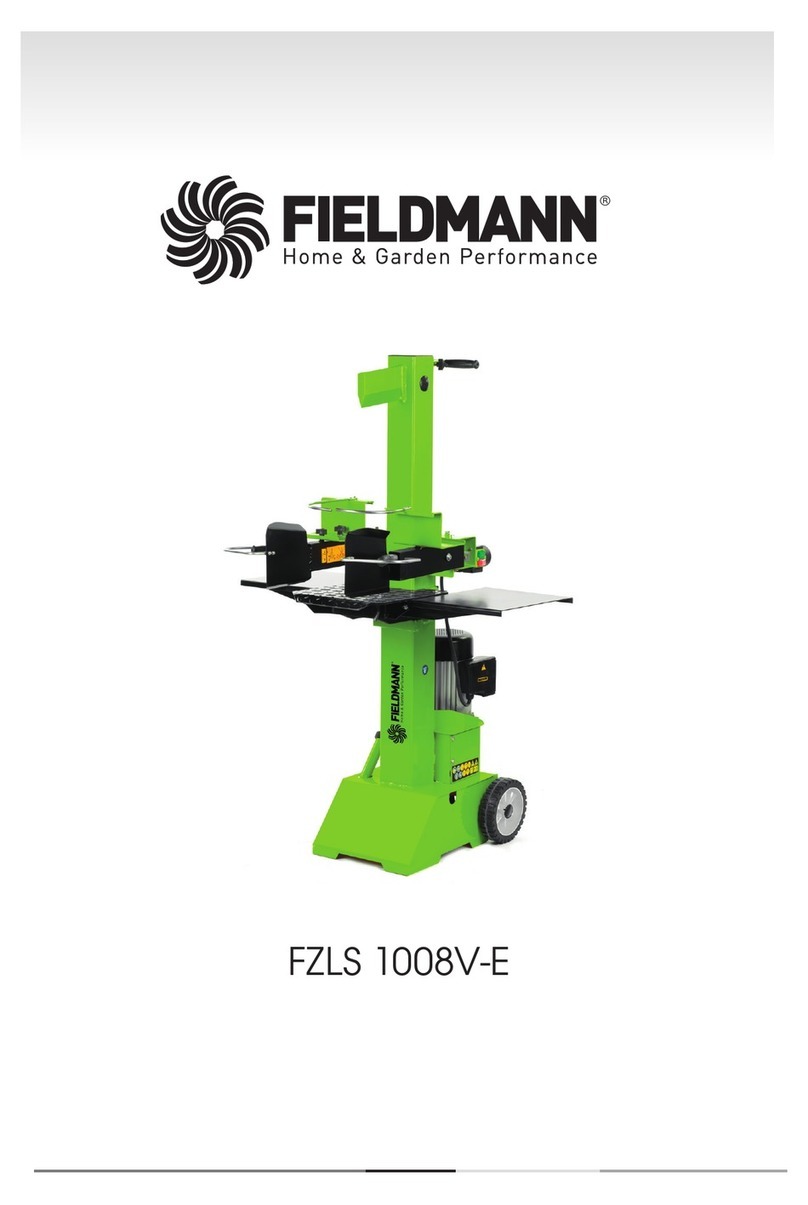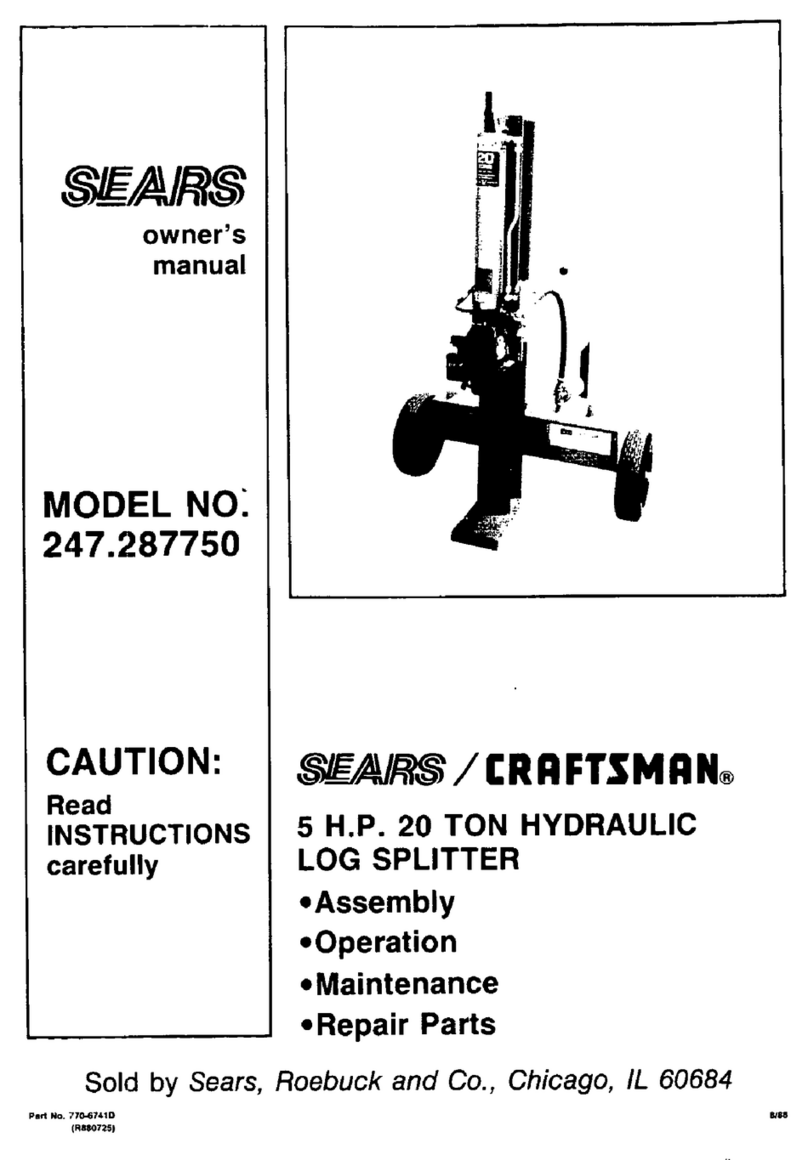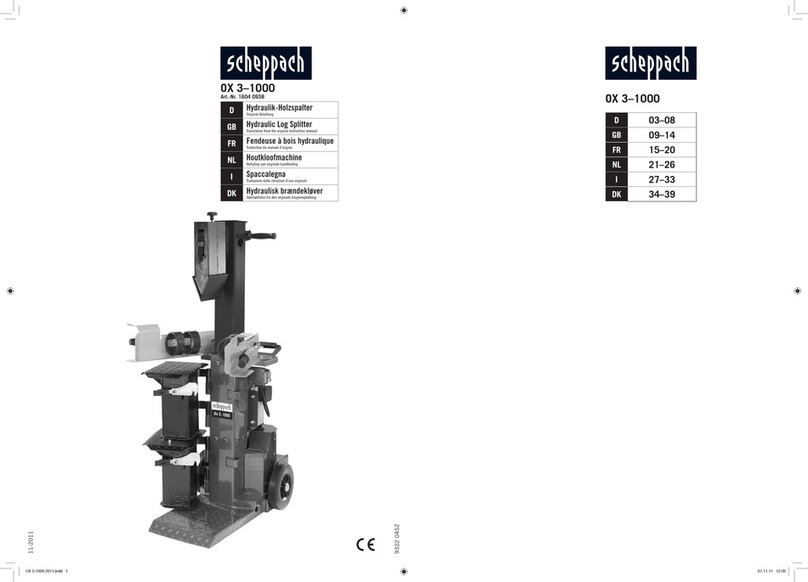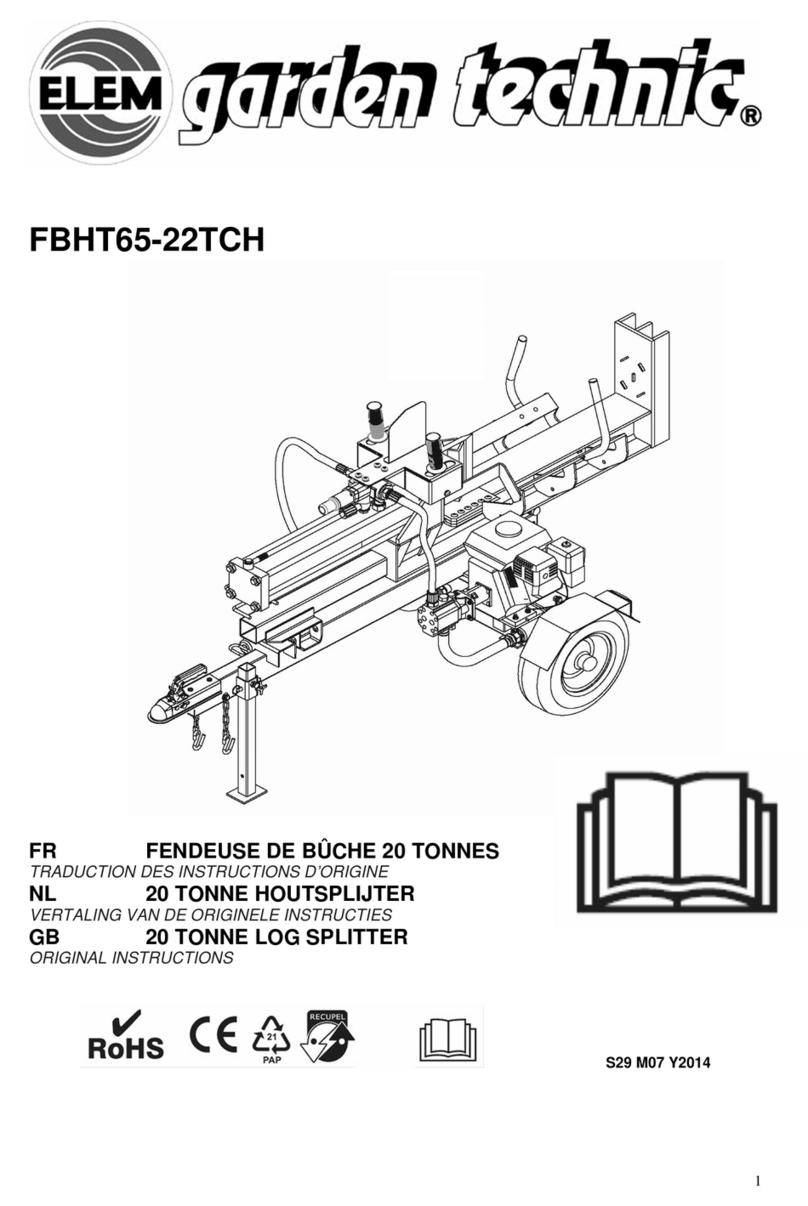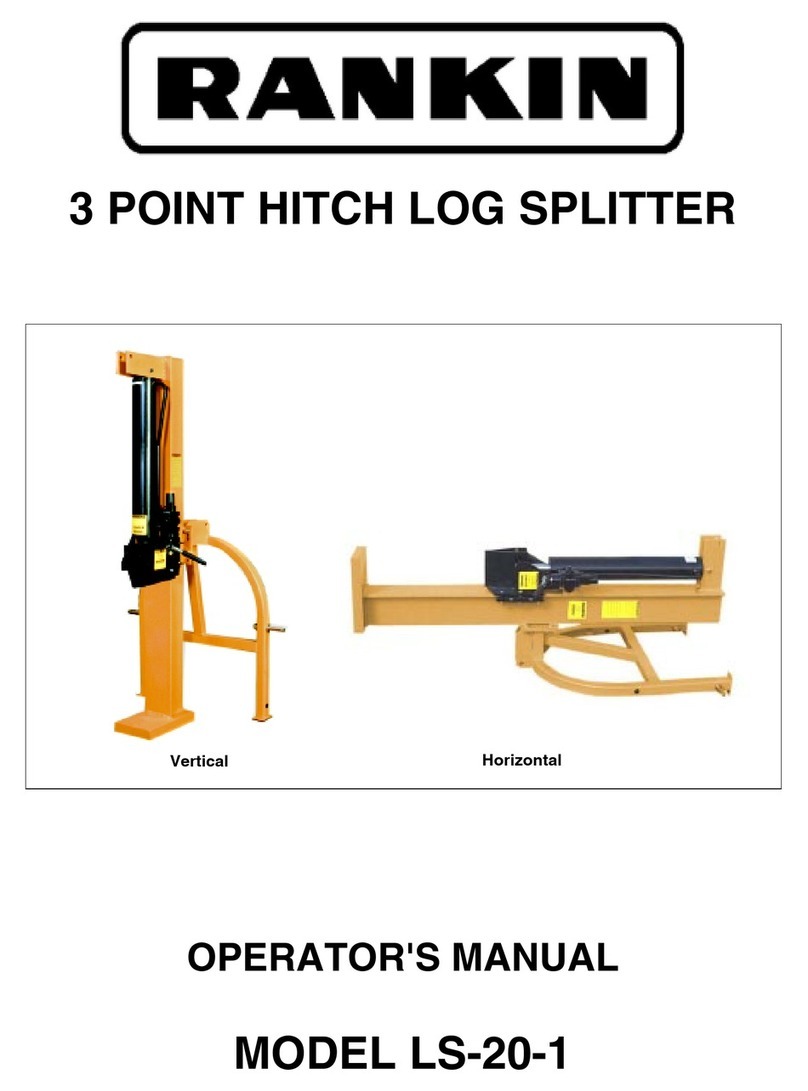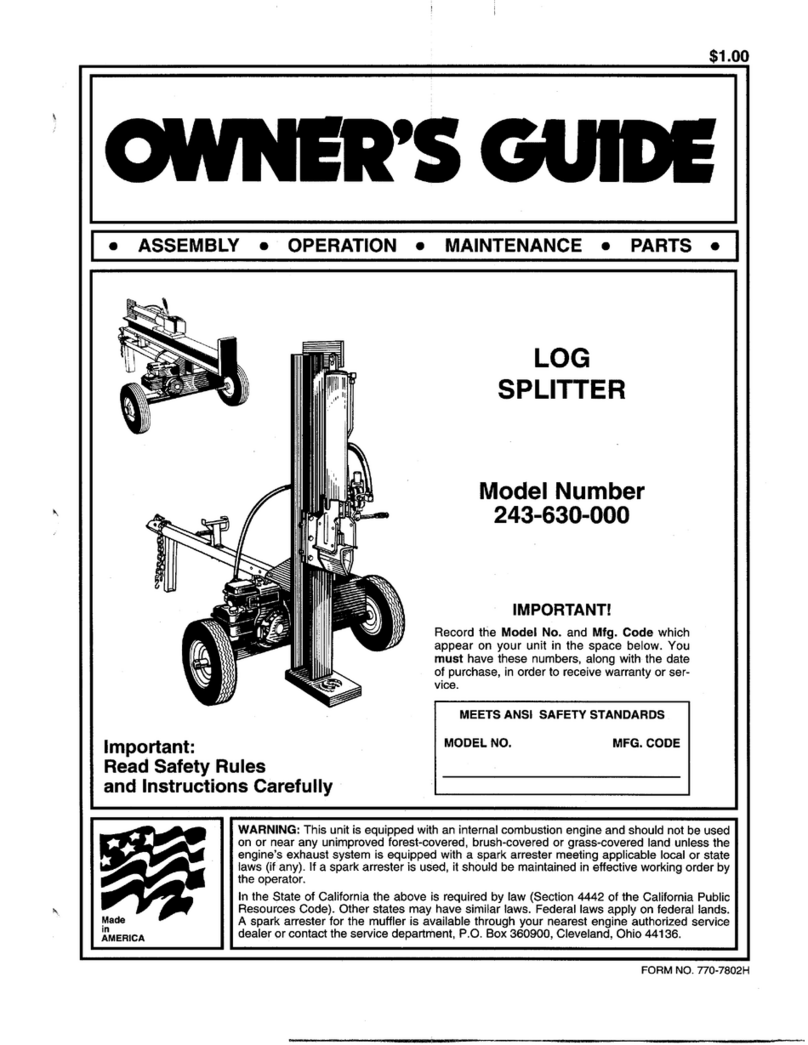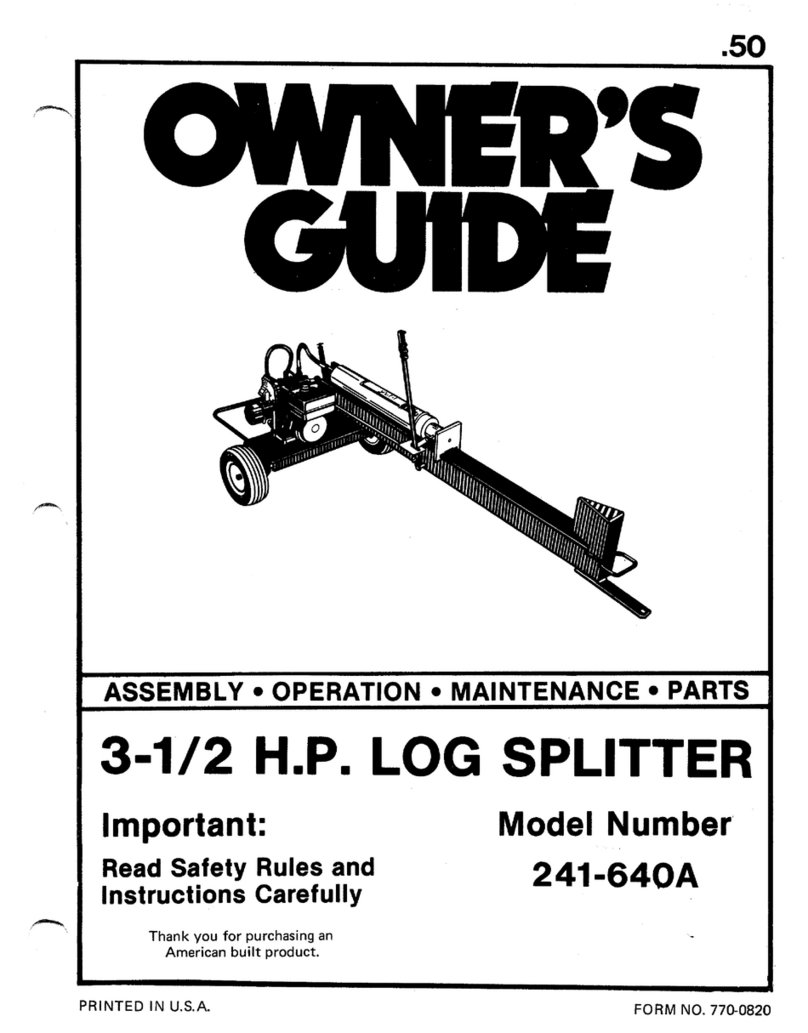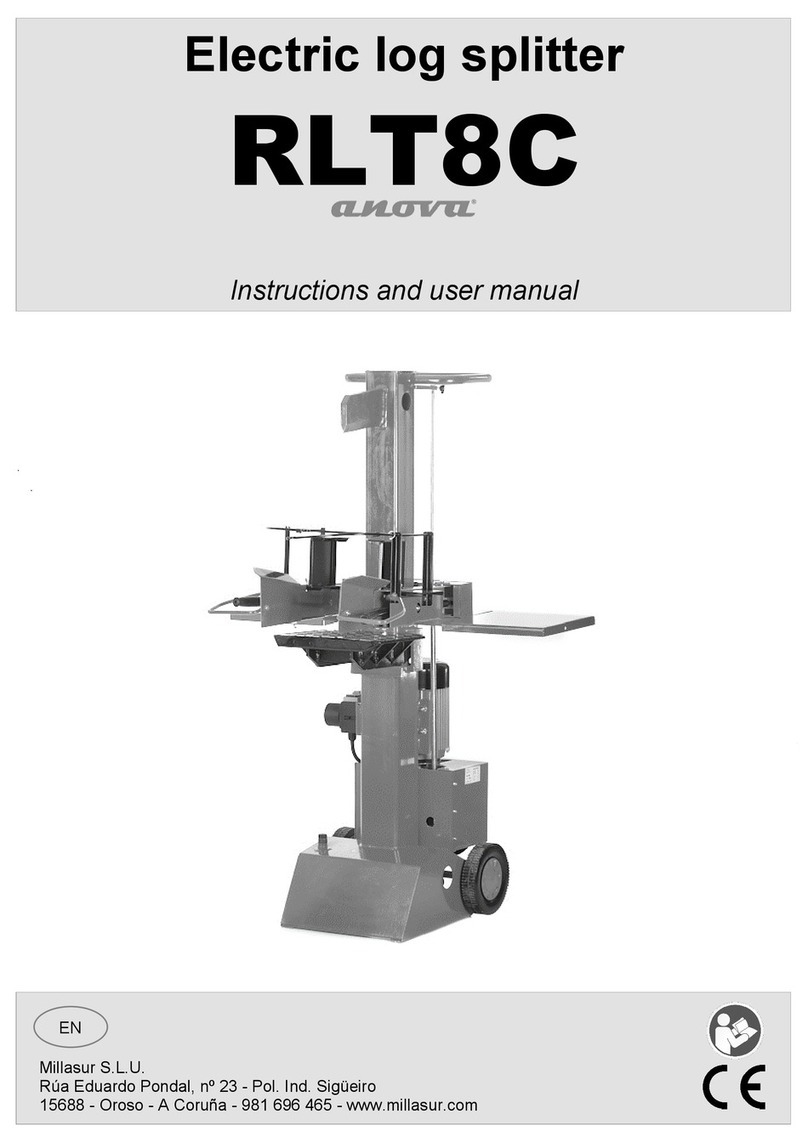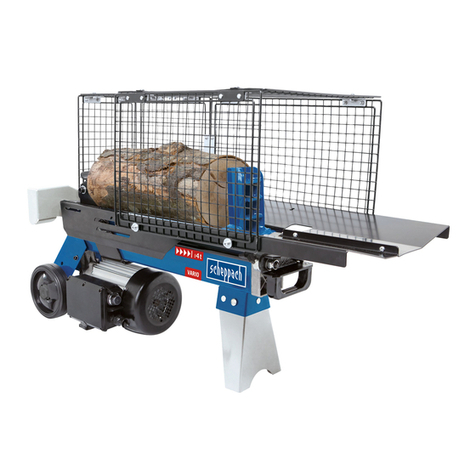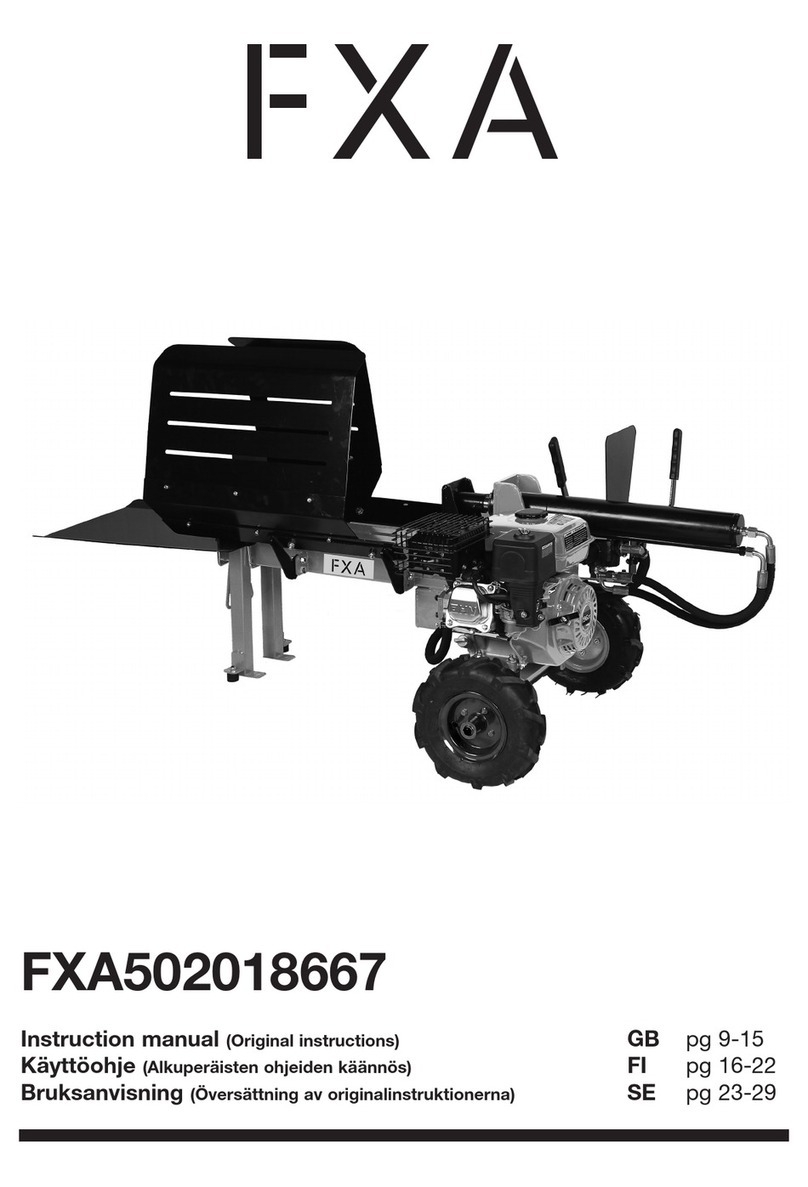
6DR® HORIZONTAL/VERTICAL LOG SPLITTER
General Safety
A Note to All Users
Under California law, and the laws of some other states, you are not permitted to operate an internal combustion engine using
hydrocarbon fuels without an engine spark arrester. This also applies to operation on US Forest Lands. All DR
HORIZONTAL/VERTICAL LOG SPLITTERS shipped to California, New Mexico and Washington State are provided with spark
arresters. Failure of the owner or operator to maintain this equipment in compliance with state regulations is a misdemeanor
under California law and may be in violation of other state and/or federal regulations. Contact your State Park Association or the
appropriate state organization for specific information in your area. If the engine is equipped with a spark arrestor, clean and
inspect it regularly according to manufacturer’s instructions. Replace if damaged.
No list of warnings and cautions can be all-inclusive. If situations occur that are not covered by this manual, the operator must
apply common sense and operate this DR HORIZONTAL/VERTICAL LOG SPLITTER in a safe manner. Contact us at
www.DRpower.com or call 1-800-DR-OWNER (376-9637) for assistance.
This is a high-powered machine, with moving parts operating with high energy. You must operate the machine safely. Unsafe
operation can create a number of hazards for you, as well as anyone else in the nearby area. Always take the following precautions
when using this machine:
Keep in mind that the operator or user is responsible for accidents or hazards occurring to other people, their property, and
themselves.
Your Log Splitter is a powerful tool, not a plaything. Exercise extreme caution at all times. The machine is designed to split
logs. Do not use it for any other purpose.
Know how to stop the Log Splitter quickly; see “stopping the engine” in chapter 3.
Never operate your unit on a slippery, wet, muddy, or icy surface. Exercise caution to avoid slipping or falling.
See manufacturer’s instructions for proper operation and installation of accessories. Only use accessories approved by DR
Power Equipment.
Never use the machine without ensuring that all guards and shields are in place.
Never, under any conditions, remove, bend, cut, fit, weld, or otherwise alter standard parts on the Log Splitter. This includes
all shields and guards. Modifications to your machine could cause personal injuries and property damage and will void your
warranty.
Allow only one person to operate the Log Splitter at any time. The adult who loads and stabilizes the log must be the person
who operates the control handle.
If the machine should start making an unusual noise or vibration, shut down the engine, disconnect the spark plug wire,
keeping it away from the spark plug to prevent accidental starting, wait 5 minutes for machine to cool down, then inspect for
damage. Vibration is generally a warning of trouble. Check for damaged parts and clean, repair and replace as necessary.
Never tamper with safety devices. Check their proper operation regularly.
Before performing any maintenance or inspection procedure on the Log Splitter shut down the engine, disconnect the spark
plug wire keeping it away from the spark plug to prevent accidental starting, wait 5 minutes for machine to cool down.
Never allow people who are unfamiliar with these instructions to use the Log Splitter. Allow only responsible individuals who
are familiar with these rules of safe operation to use your machine.
Never overload or attempt to split logs beyond the recommendations listed in this manual. Personal injury or damage to the
machine could result.
While using the Log Splitter, don't hurry or take things for granted. When in doubt about the equipment or your
surroundings, stop the machine and take the time to look things over.
Never operate the machine when under the influence of alcohol, drugs, or medication.
Use the machine only in daylight.
Stay alert for hidden hazards or traffic.
Keep all nuts and bolts tight and keep the equipment in good operating condition.
Never leave this machine unattended with the engine running.
